A Culinary Treasure-trove

If it were a fiction it would have been described as many-layered, beautiful, poetic, and vividly conjured. Turkish Cuisine with Timeless Recipes like a densely layered fiction not only highlights vibrant, bold, and aromatic Turkish food but at the same time presents an impressive commentary on Turkish culinary culture, its timeless, hearty, and healthy cuisine.
By Ziaul Karim
Strange things can happen with food: The Guardian food writer Bee Wilson wrote her experience when her husband left her. She headed for the kitchen and cooked her beloved meal. Food has the power of becoming deeply personal turning its flavor and texture to help you through the bleak moments. During the Pandemic years, food became mood-lifters and cookbooks turned into life manuals, allowing us to escape and seek solace into transcendental experiences. Food is also exotic and tingling at other times when you discover new cuisines.
Usually, cookbooks have had their cushy time sitting on coffee tables and enjoying the quiet life. For enthusiastic cooks — cookbooks mostly bristling with Post-it notes next to the recipes that are going to feature on the dining tables.
Turkish Cuisine with Timeless Recipes does not fall into any of the popular categories of cookbooks. In fact, it is in its own league. The cookbook has successfully roped in leading Turkish chefs, gastronomy experts, and history researchers and the result is a magnum opus on Turkish cuisine and culture.
The raison d’etre of the book is to highlight Anatolian cuisine that ‘creates a delicate balance between the body, soul, and life,’ writes Emine Erdoğan, the first lady of Turkey, in her introductory note.
Throughout the voluminous 425 odd pages, it feels that Turkish food and its cultural identity come alive. The passion and excitable voice of experts who put together the cookbook to present the food and culture of their homeland is palpable throughout the book.
Turkish culinary culture dates back to 10,000 BC Neolithic period in Anatolia, which was homeland of wheat. Ancient civilizations such as the Phrygians, Urartians, Hittites, Greeks and Romans drew their cultural nourishment and flourished on this Anatolian heritage.
We get to know from this groundbreaking book that the essential elements of Turkish cuisine were shaped and formed its character from the eating habit and lifestyle of Turks, who migrated from Central Asia to settle in Anatolia in the 11th century. They brought with them flavors such as yogurt, dumplings (Turkish manti), dried yogurt, pastrami, and yufka, or thin sheet of dough.
The flavors that traveled with Turks from Central Asia blended well with Anatolian cuisines and were enriched through their intermingling with Arab-Iranian and Byzantine culinary traditions for the sophisticated Turkish palate.
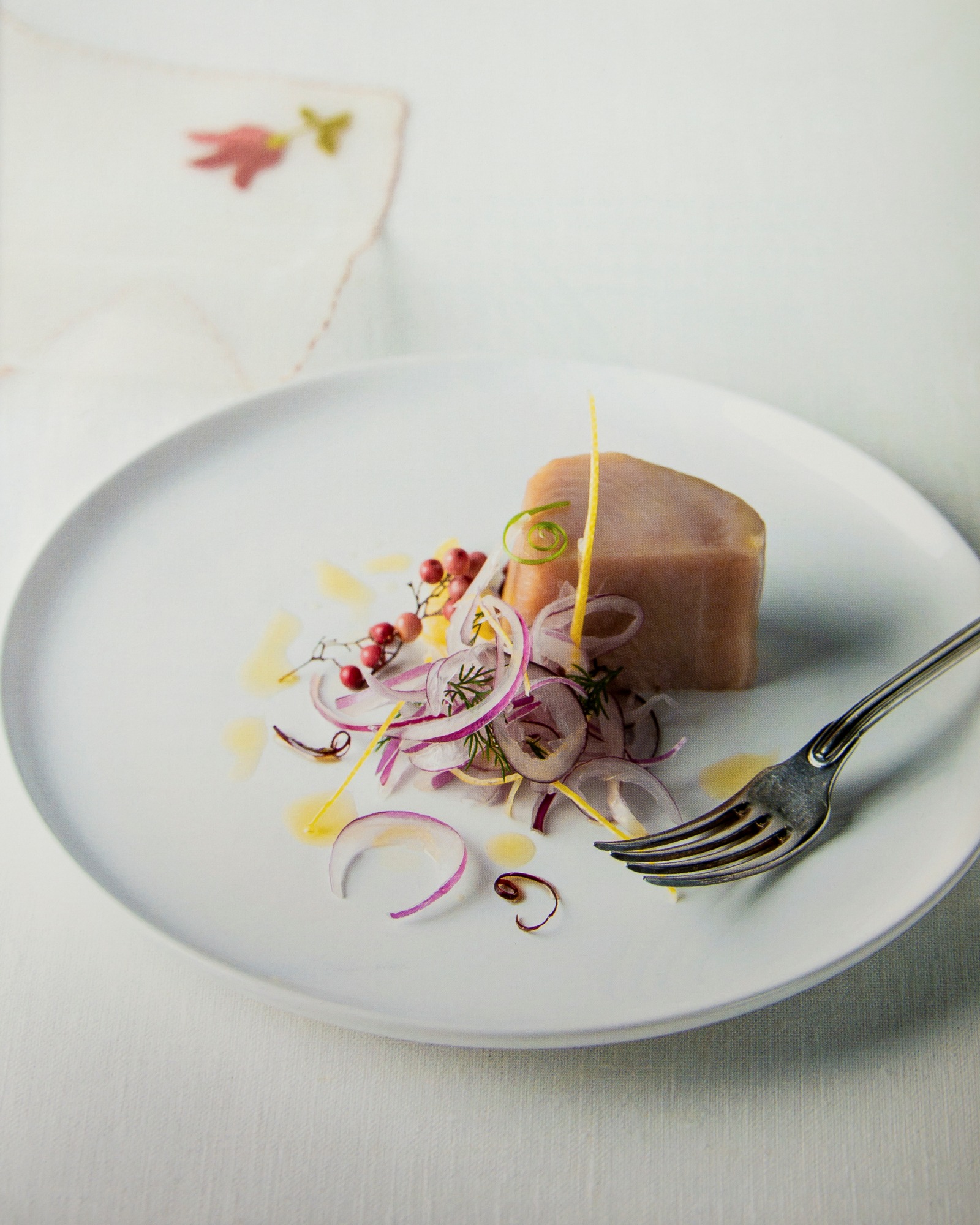
What is cherished as classical Turkish cuisine today can be traced back to the kitchen of the Ottoman Palace? According to a good number of Ottoman cookbooks, modern Turkish culinary culture goes back to the 15th century, and the dishes that are synonymous with Turkish culinary culture ever since including soups, pilafs, boreks, kebabs, stews, meatballs, stuffed vegetables, mezes, pickles, fruit desserts, sherbet, fruit compote, and Turkish delight.

The cooking techniques and dishes throughout Turkey are mostly the same, though each region has its own flavor and dishes. For example, in the harsh climatic conditions of the Eastern Anatolian region the culinary culture is primarily based on mutton, dairy products, wheat, and legumes. Bulgur based dishes, spicy kebabs, and syrupy desserts like baklava are popular in the Eastern Mediterranean and Southeastern Anatolian regions.
In the steppe region of Anatolia, which is Central Anatolia, wheat-based foods such as pastry, bread, and bulgur are key to its cuisine while corn, collard greens, and anchovies are essential ingredients in the Black Sea region. The kitchen in the Aegean region mostly prepares Mediterranean olive oil dishes, vegetable with herbs, and fruits.
In Ottoman culture, food is an art and almost every utensil is also an expression of artistic creation. Of all the kitchen and tableware, spoons have a special place in Turkish culinary tradition. In the Ottoman period, every meal was eaten with a different spoon, different in shape and size. The jacket cover of the book is adorned with images of different types of spoons instead of a typical Anatolian dish tells how deeply this utensil is embroidered into cultural tapestry of Turkey.
The recipes in the cookbook, mostly examples of classical Turkish cuisine and garnished with some from local culture together they represent rich Turkish culinary heritage.
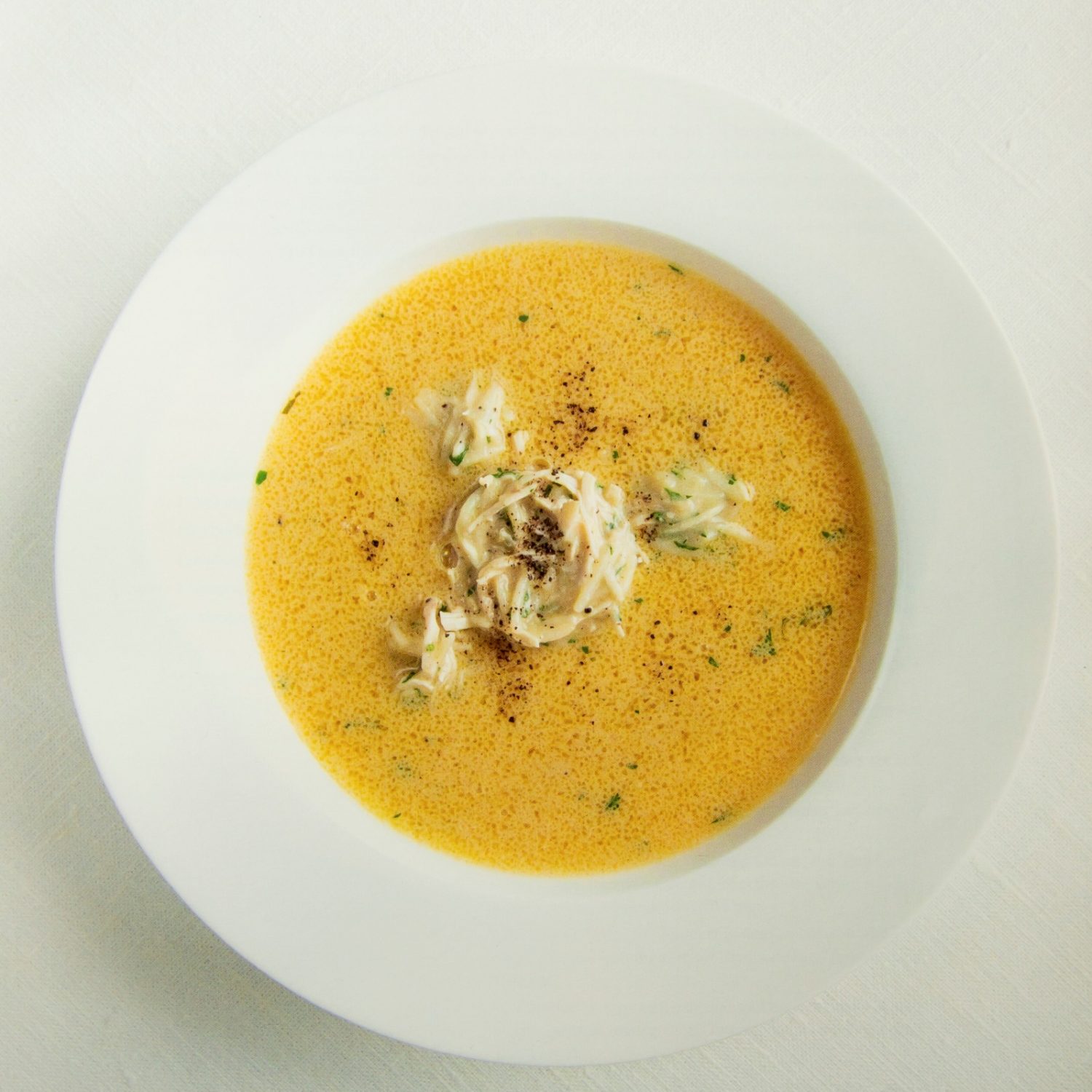
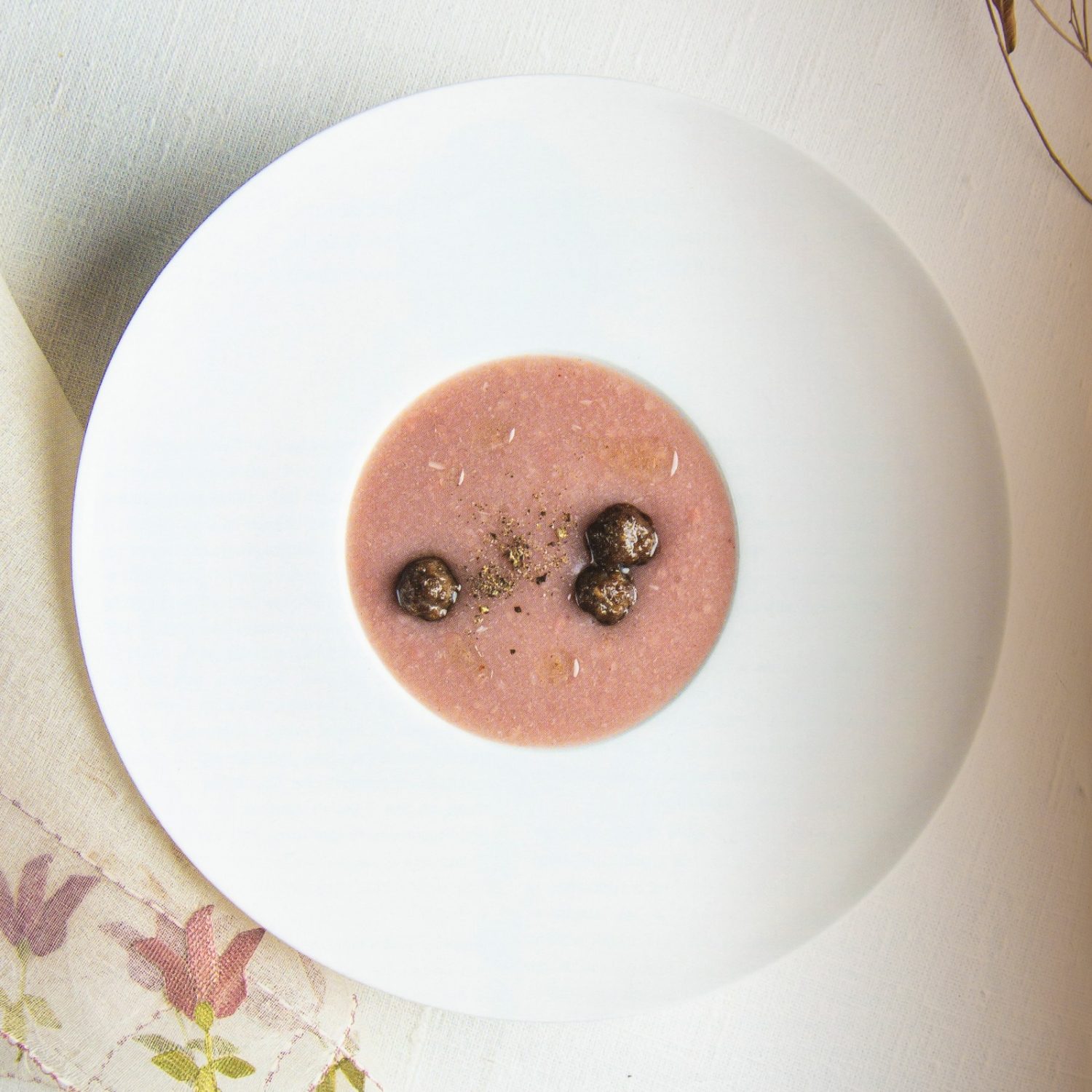
Without soup on a typical Turkish table no meal is complete. This is complemented by vegetables cooked in olive oil, salads, pickles, different types of dolma-sarmas before the main meal. After the main it is usually followed by fruits or desserts.
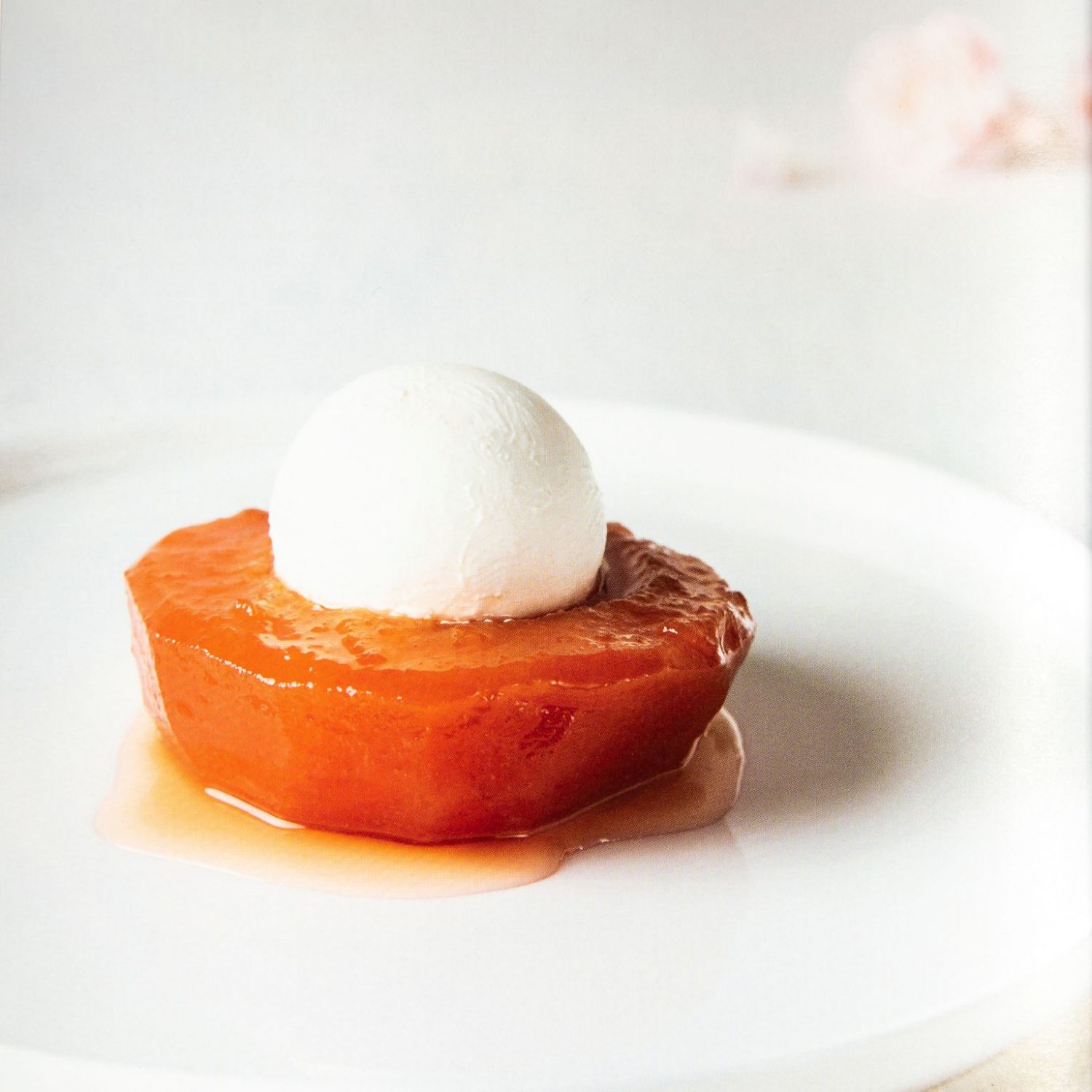
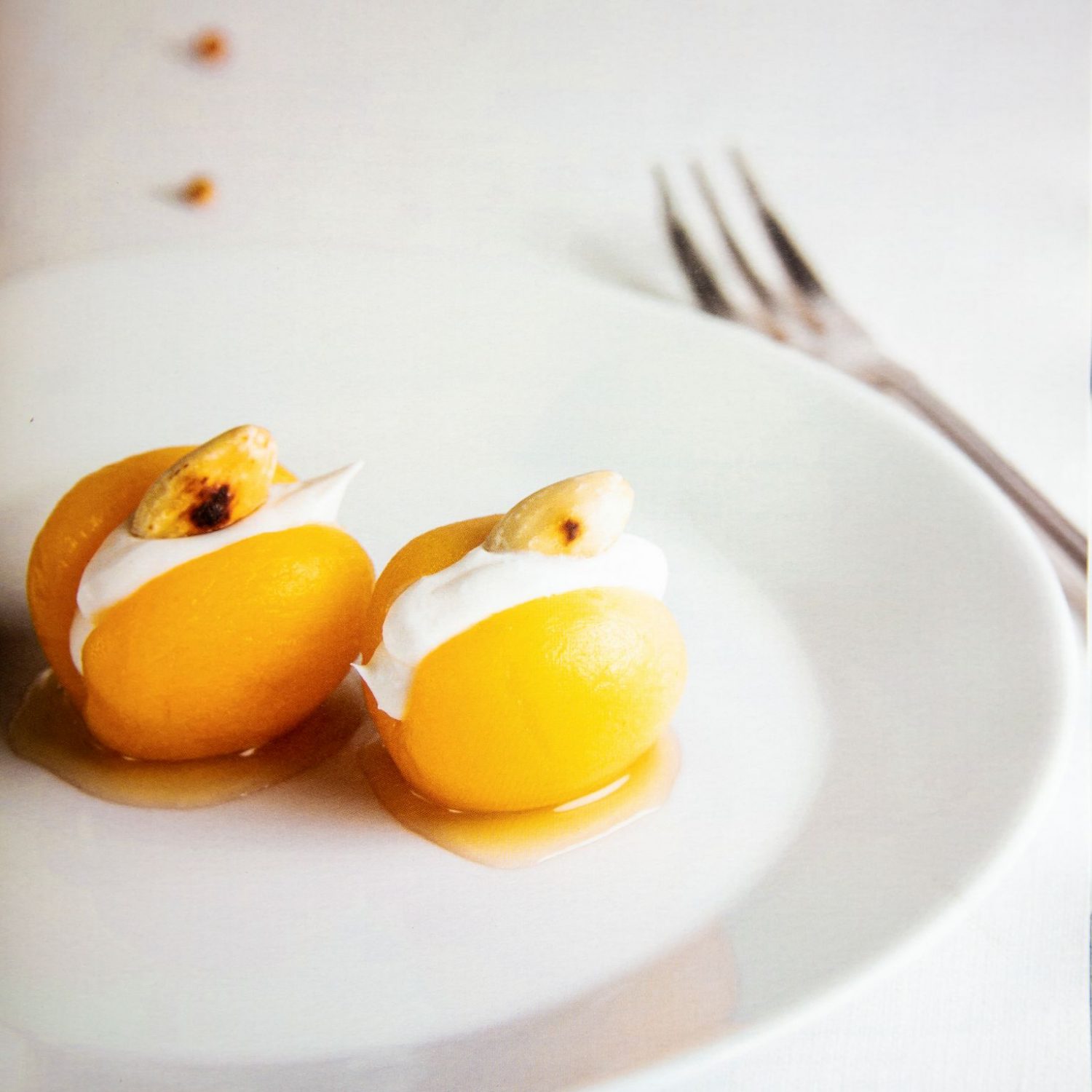
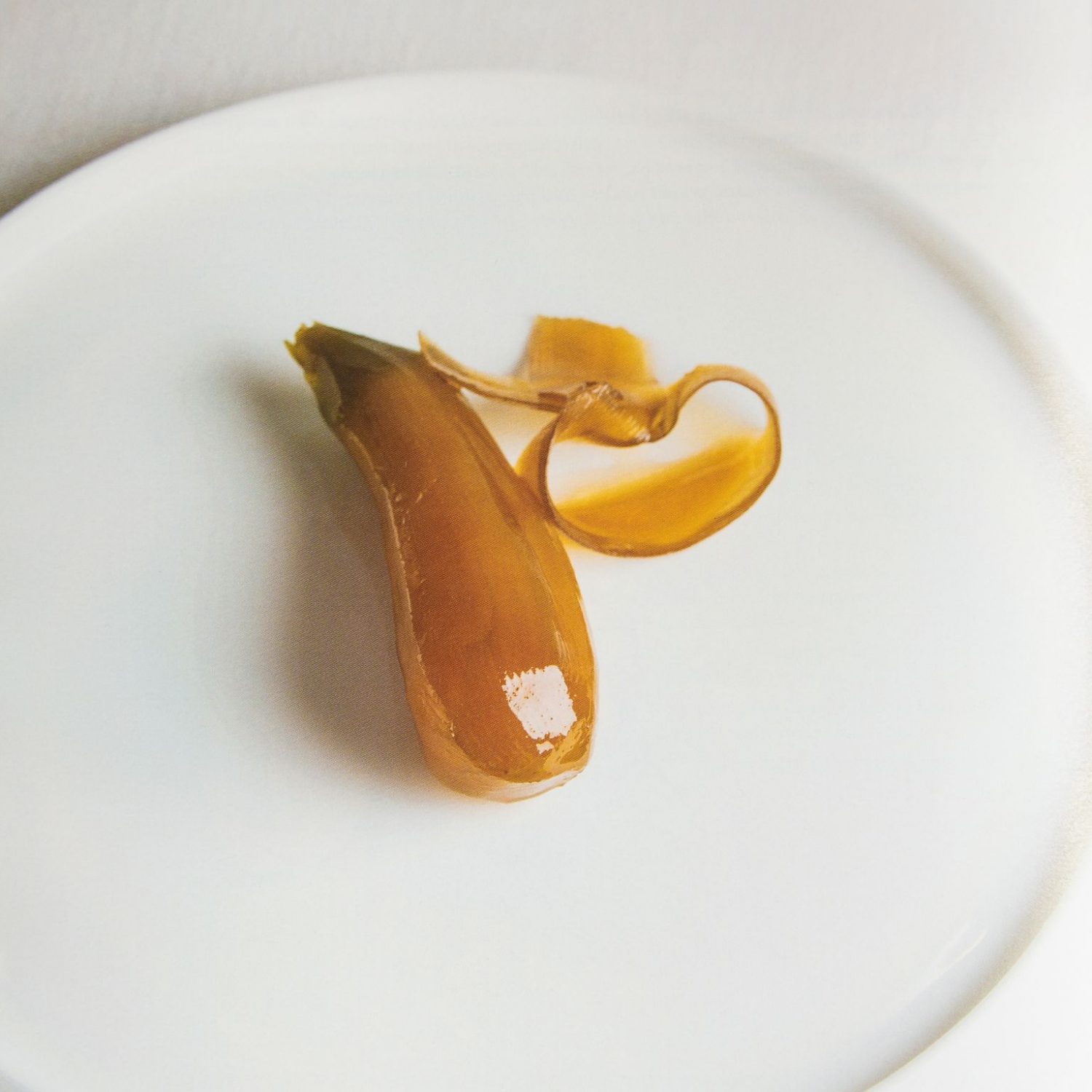
The cookbook opens with commentaries by experts on Turkish culinary heritage, importance of spoons in Turkish culture, zero waste philosophy of Turkish cuisine, ceremonial dishes, and healthy aspects of Turkish cuisine. Then comes the recipes: from soups, salads and pickles, breads, egg dishes, to one pot dishes, meatballs, kebabs, fish and sea foods, and desserts and cookies and many things in between.
The famous 10th-century poet, mathematician, and astronomer Omar Khayyam gave a list of what constitutes paradise for him in his famous rubaiyat as:
A Book of Verses underneath the Bough,
A Jug of Wine, a Loaf of Bread—and Thou
Beside me singing in the Wilderness
Oh, Wilderness were Paradise enow!
I will only add one thing to the list and that is Turkish Cuisine with Timeless Recipes.

